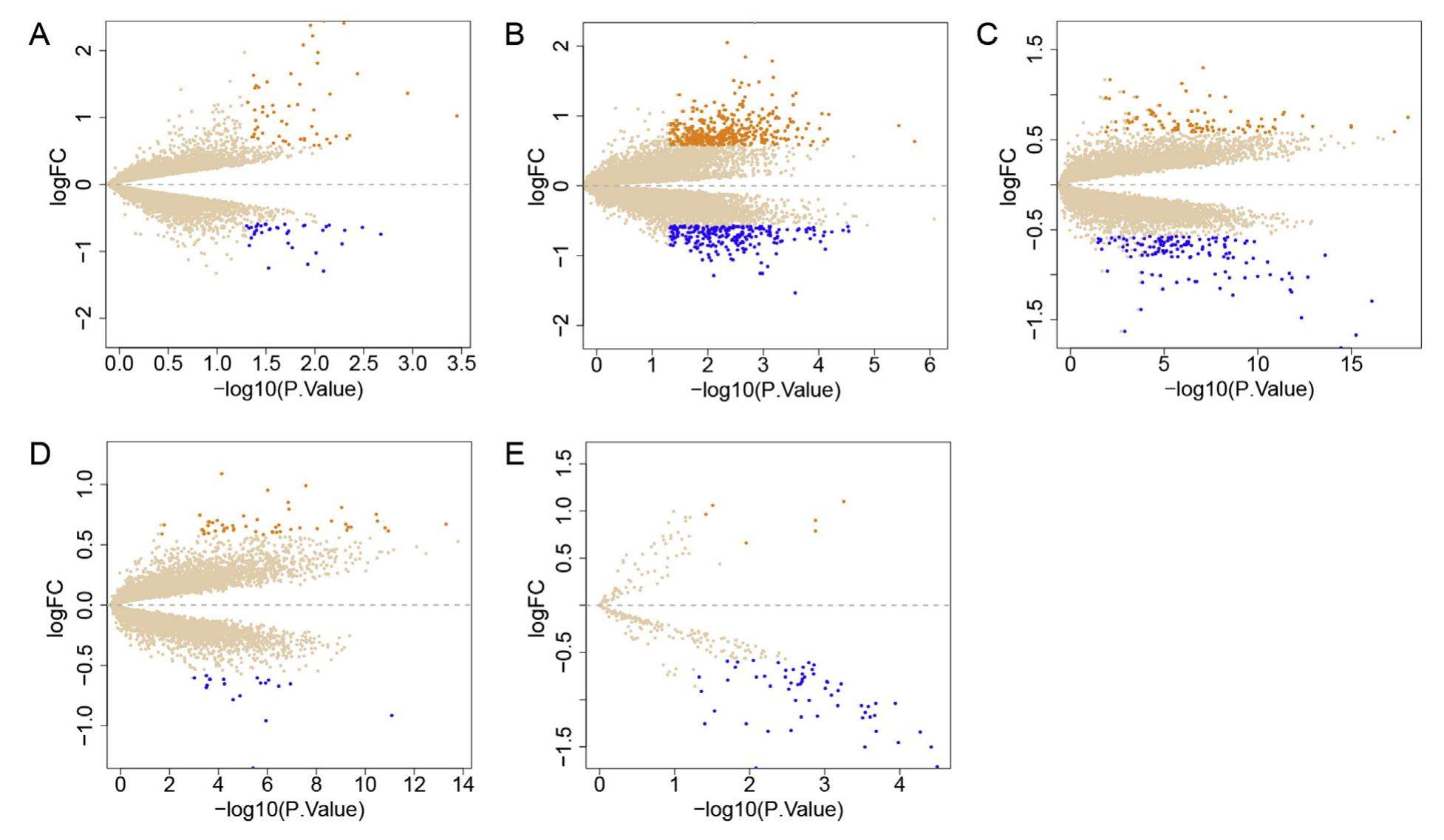
The transcriptome of circulating cells indicates potential biomarkers and therapeutic targets in the course of hypertension-related myocardial infarction


Hypertension (HT) is the most common public-health challenge and shows a high incidence around the world. Cardiovascular diseases are the leading cause of mortality and morbidity among the elderly (age > 65 years) in the United States. Now, there is widespread acceptance of the causal link between HT and acute myocardial infarction (MI). This is the first data-mining study to identify co-expressed differentially expressed genes (co-DEGs) between HTand MI (relative to normal control) and to uncover potential biomarkers and therapeutic targets of HT-related MI. In this manuscript, HT-specific DEGs and MI-specific DEGs and differentially expressed microRNAs (DE-miRNAs) were identified in Gene Expression Omnibus (GEO) datasets GSE24752, GSE60993, GSE62646, and GSE24548 after data consolidation and batch correction. Subsequently, enrichment in Gene Ontology (GO) terms and Kyoto Encyclopedia of Genes and Genomes (KEGG) pathways as well as proteineprotein interaction networks were identified, and singlegene gene set enrichment analysis was performed to determine the affected biological categories and networks. Cross-matching of the results on co-DE-miRNAs and predicted miRNAs targeting the co-DEGs was conducted and discussed as well. We found that MYC and HIST1H2BO may be associated with HT, whereas FCGR1A, FYN, KLRD1, KLRB1, and FOLR3 may be implicated in MI. Moreover, co-DEGs FOLR3 and NFE2 with predicted miRNAs and DE-miRNAs, especially miR-7 and miR-548, may be significantly associated and show huge potential as a new set of novel biomarkers and important molecular targets in the course of HT-related MI.
